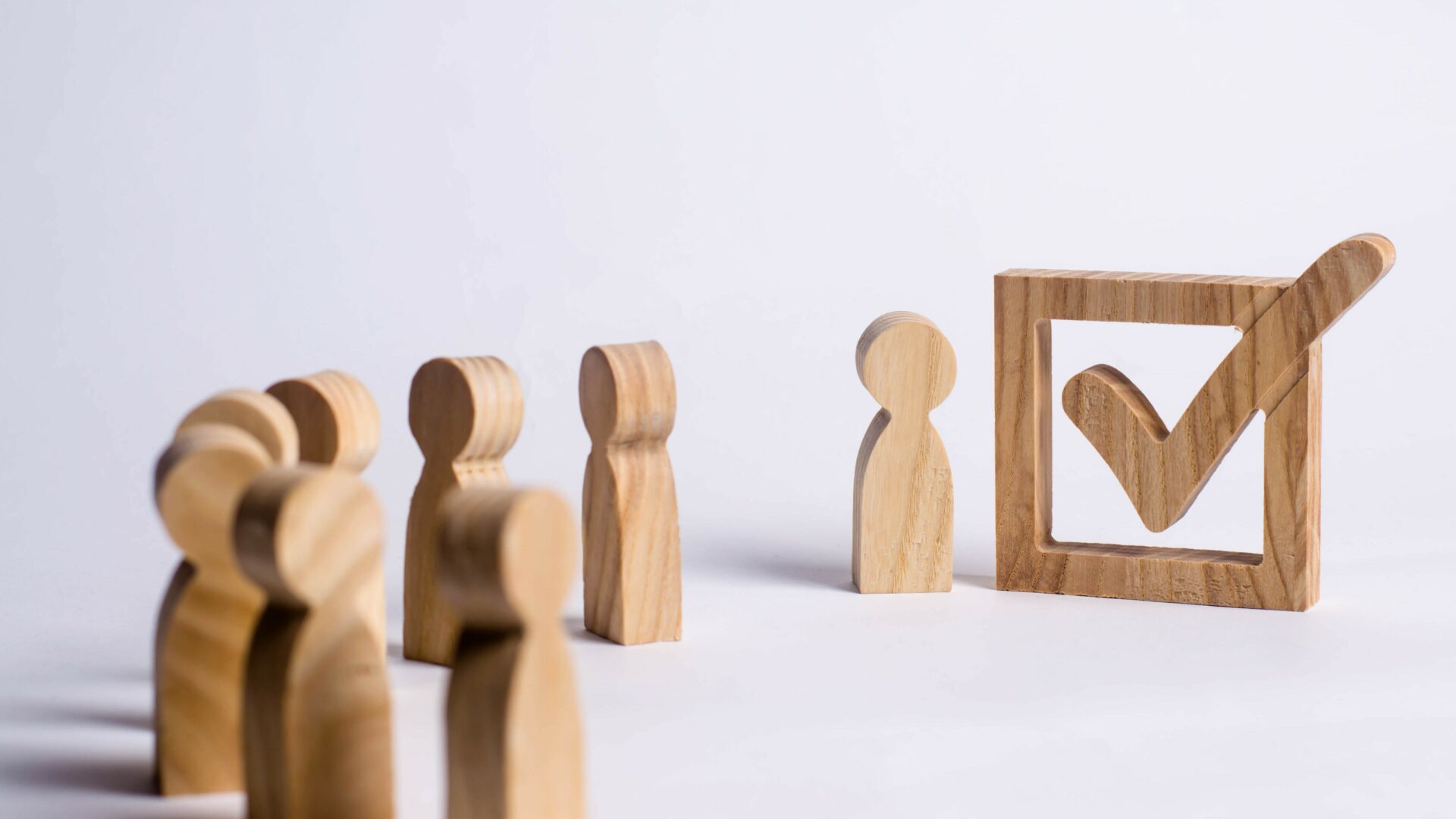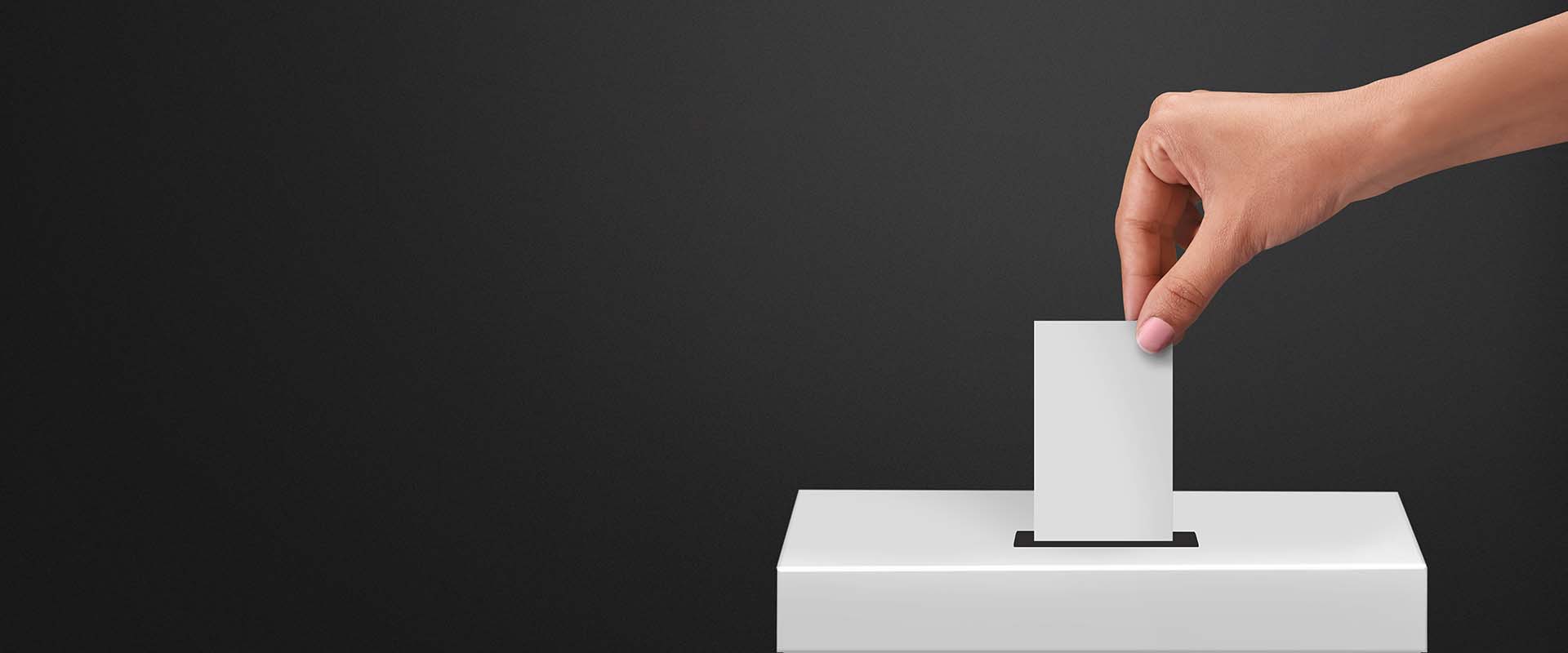Disclaimer: This post has been censored to remove all patient identifiers. This patient will be referred to as “Taylor.”
One of my most memorable experiences with a patient was during my Summer 2019 clinical practicum rotation at the Washington University Adult Audiology Clinic in the Center for Advanced Medicine. This 55-year-old patient, “Taylor,” had a previous audiogram with only four documented frequencies, all within the moderately-severe range. The note said conditioned play audiometry (CPA) was performed to achieve the last audiogram. My supervisor and I anticipated that we would attempt CPA again for this patient, despite the patient’s age.
Taylor was accompanied by their mother at the appointment, who reported that the patient had multiple brainstem strokes in childhood. Taylor has been severely developmentally delayed since those incidents. The patient had their hearing tested two years ago, and received hearing aids at that time.
We attempted CPA for our initial encounter with the patient. However, Taylor’s delays had progressed to the point where they could not be conditioned. There was no way to get reliable behavioral thresholds, so objective immittance testing was performed. When the loud tones for reflexes were presented, Taylor pointed to their ears and excitedly exclaimed “beep, beep, beep.” The patient then began to sing joyful praises, and their mother had tears rolling down their face. The family falsely believed that the objective measure of acoustic reflex testing indicated normal hearing.
We explained to the mother that the tones were being presented at very loud levels and were not looking for specific hearing thresholds, but the family was simply elated that the patient could hear and respond to the stimuli. All their reflexes were absent, and we were left with the question: what is the next step for Taylor?
While an auditory brainstem response (ABR) would be a subjective way to establish thresholds, my supervisor explained that because of the nature of brainstem strokes, the results would most likely be inconclusive. This patient was recommended to return for otoacoustic emission (OAE) testing at a later date. Challenging cases such as this one are great learning experiences as a student. In our profession, we will all encounter situations in which we must think quickly on our feet, and do the best with the time and resources available.
Abigail Windisch is a second-year student at Washington University in St. Louis. Her audiological interests include early intervention in children with hearing loss and vestibular disorders with the adult population.
Related Posts
Power of the Constituent Campaign
By Lindee Alvarez What is Power of the Constituent (POTC)? The Power of the Constituent Campaign is a national Student Academy of Audiology (SAA) advocacy campaign (formerly National Day at Your State Capitol) geared toward spreading awareness of audiology and legislation changes that affect the profession. The POTC Campaign encourages students to go to their…
Tips On Transitioning From Undergraduate to Graduate Student; Student to Audiology Professional
The ending of school semester can bring about big changes in the lives of students. In some cases, it can mean the closing of one academic chapter and the beginning of a new one or it could mean leaving school behind and starting an exciting new career as an audiology professional! National SAA provides students…
Meet the Candidates for the 2023-2024 National SAA Board of Directors Member-at-Large Position
It’s that time of year again! It’s time to vote for the 2023-2024 national Student Academy of Audiology (SAA) Board of Directors! The SAA Board of Directors serves as the connection among the national SAA, local SAA chapters, student volunteers, and student members. Board members represent the breadth and depth of SAA initiatives and interests…



